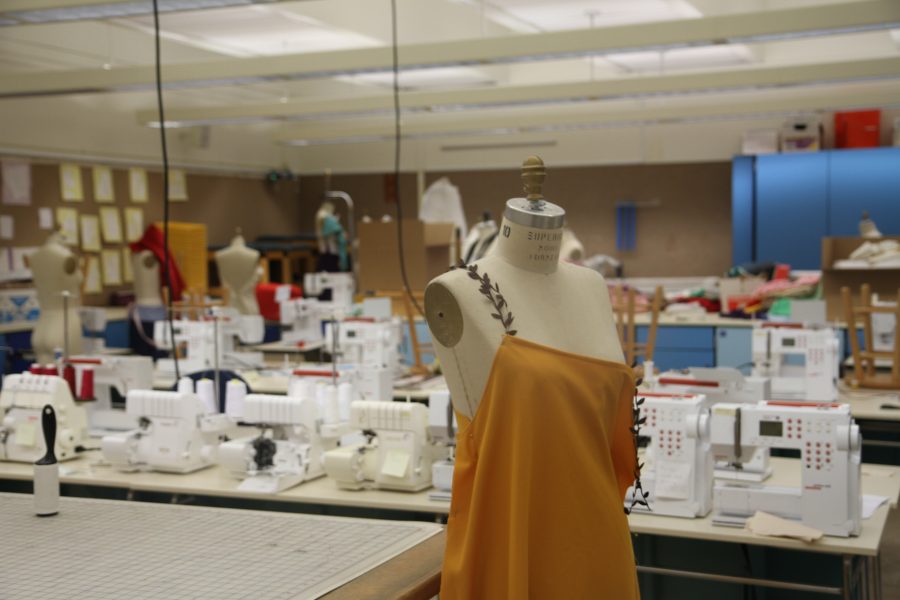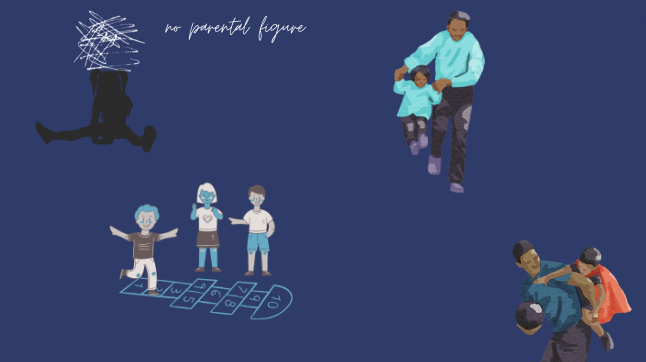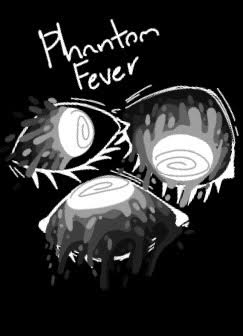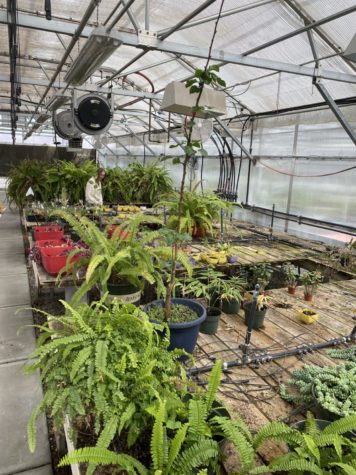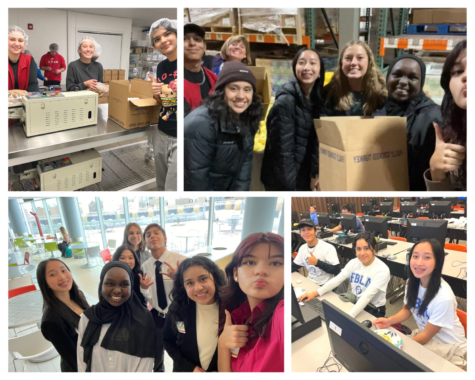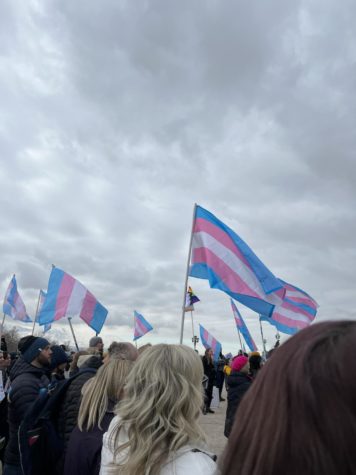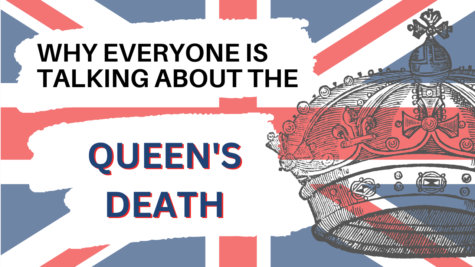Building Awareness for Sewing
December 7, 2016
Sewing has been around since the Ice Age, formerly one of the most important jobs in the village. If we fast-forward to today, hand sewing is being replaced by machines and conveyor belts. The appreciation for skilled tailors is increasingly diminishing. The time involved making a piece of clothing can be cut to a quarter of the time formerly required with the proper machinery.
When three different students were asked how many pieces of clothing they owned- tops, bottoms, and shoes- they averaged 65. Out of all three students, none had custom clothing made for them. Making all the clothing in a factory would take maybe an hour for 65 pieces of clothing, but if the clothing was made by hand that would take at least 100 hours.
When a student makes clothing on their own, they have to consider the amount of time it takes to work through each of the steps. A quick run-down is as follows: laying out the fabric and assuring it’s flat and straight, cutting out the pattern, laying out the pattern, making sure it’s flat and follows the guide, pinning it down, cutting out the fabric, marking the fabric, sewing in any darts or additional accents, sewing it together, making sure seams match, edges are finished, everything is pressed out, and that it all fits.
Doing all this may take a few days for anyone, and that isn’t accounting for times the seamstress or tailor may make a mistake or anything on the garment or machines breaking down.
In most cases students will buy sizes that aren’t true to fit or will alter their measurements to fit into a more “attractive” size. If we were to compare two well-known brands such as H&M and Old Navy, we notice sizes varying drastically. The standard white t-shirt in a small at H&M has a chest size of 34 inches, whereas an Old Navy small t-shirt has a chest size of 38 inches. That’s a difference of 4 inches between the two shirts. This can affect students in many different ways.
The biggest difference between factory and hand sewing is the fit. Hand making clothing and sewing clothing is made-to-fit a person, which means it will fit the person it is designed for. Factory-produced clothing makes a very uniform style fit.
The Department of Agriculture did a study in 1939 which “measure[d] every woman, maid, midwife, and daughter in America in 59 places.”
This created the standardized sizing system we still use today.
Armancio Ortega, the co-founder of Zara, a Spanish clothing and accessories retailer, said, “I’ll take a suit that cost $100 dollars and fits perfect, over a suit that cost $1000 and fits average.”
Fitness coach Greg O’Gallagher said, “You can have the most amazing physique but if you wear ill-fitting clothing, it doesn’t mean anything.”
While creating any garment a seamstress or tailor will find themselves using a variety of sharp objects. Rotary cutters, seam rippers, needles, and serger knives all a used on a regular basis in the hands of anyone who makes clothing. Pokes and cuts are a general given when making clothing.

